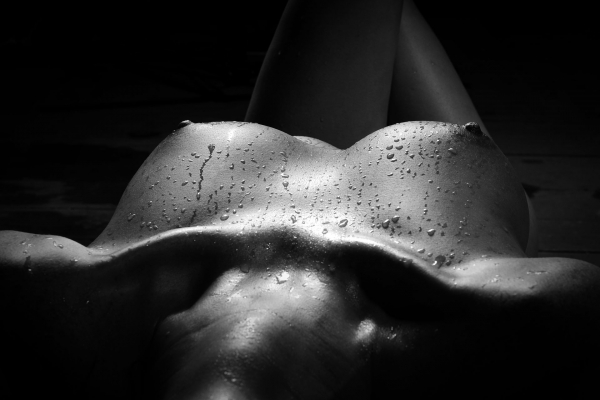Blepharopolasty is one of the most common aesthetic procedures performed on the face.
Appropriate candidates for blepharoplasty
Are you fed up with looking tired even when you are not? Are you having difficulty in applying make up on your upper eyelids? Are you having vision difficulties due to excess skin on the upper eyelid? Do you have bags under you eyes that make you look older than you really are or feel? Then you are a candidate for blepharoplasty!
Upper blepharoplasty
Upper blepharoplasty treats the upper eyelid. It is performed with local anaesthesia and only lasts 20-30 minutes. With this procedure, we remove excess skin as well as fat usually from the inner side of the eyelid. The incision must be made precisely on the natural fold of the upper eyelid.
Lower blepharoplasty
Lower blepharoplasty treats the lower eyelid. There are two types of incisions. The first type is an incision inside the eyelid that allows us to avoid any external incisions. This technique is usually performed in young individuals who do not have excess skin. The limited volume of excess skin that is responsible for the “bag” formation is removed or relocated. The second technique involves an incision underneath the eyelashes, on the external surface of the eye. This incision is appropriate when skin has to be removed from the lower eyelid.
What cannot be treated with blepharoplasty?
- Wrinkles around the eye: the so-called crows' feet,
- Droopy eyebrows,
- Thin wrinkles on the eyelids,
- Black circles –treatable in some cases.
Anaesthesia
- For upper eyelid: local,
- For lower eyelid: sedation or general anaesthesia
Hospitalisation
The patient may go home on the same day.
Blepharoplasty complications
When the procedure is performed by an experienced plastic surgeon, complications are rare (less than 1 %). These may include:
Haematomas, inflammation, ectropion (lower eyelid does not close), lagophthalmos (upper eyelid does not close).
Additional procedures
If you have droopy eyebrows then you need a different procedure, which is the forehead lift.
If the lower eyelid is loose you need to be submitted to an eyelid lift surgery (canthoplasty).
After surgery
- You shall feel minimum or no pain at all. Paracetamol is enough.
- You shall experience swelling and bruising for 3-14 days
- Sutures are removed after 4-5 days
- Frequent use of ice packs after surgery will reduce oedema
- The first days after surgery, use a pillow to keep your head up when you sleep.
- You may put on your contact lenses 7-14 days after surgery
- You may put on your glasses straight after surgery
- Make up on the eyes is allowed 5-10 days after surgery
- You may go back to work 3-14 days after surgery. This depends on the work you do and the severity of the operation
- You may exercise 2 weeks after surgery
- Final results will be visible within 2-6 weeks
What is Laser blepharoplasty?
Laser is a kind of scalpel that cuts and burns at the same time. It is used for making external incisions and internal firming. The same result can be achieved with diathermy or radiofrequencies.
How many years later should I repeat the procedure?
The results of blepharoplasty can last more than ten years.
The face looks younger and more relaxed. The look in the patient’s eyes is more vivid and as a patient once told me, an eyelid correction is like lifting up the blinds in a dark room; it makes the room brighter



 Send us your questions
Send us your questions






























Follow us

